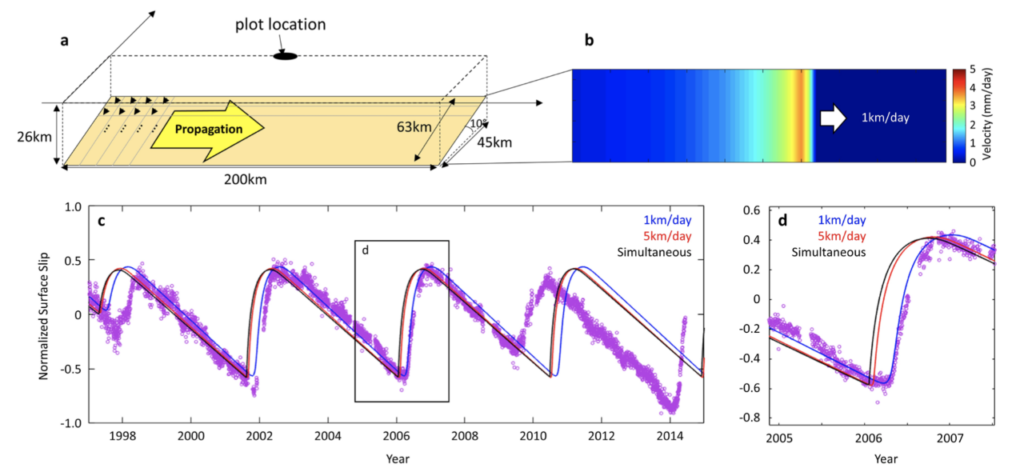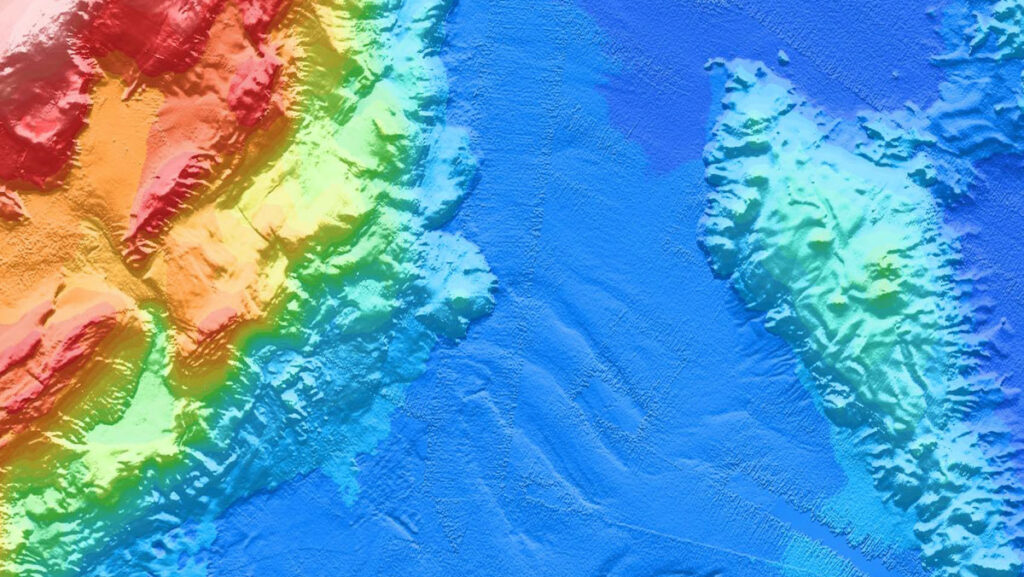In a new Nature Geosciences paper, Im, Saffer, Marone, and Avouac report on computer models that incorporate laboratory measurements from natural fault rocks to study fault slip and rupture behavior. They show that the frictional properties of these natural fault rocks can explain the spectrum of slip behavior observed on tectonic faults that spans from… Continue Reading Frictional Properties of Natural Fault Rocks Explain Slip
Articles about earthquake research and scientists at the University of Texas Institute for Geophysics. For more information contact costa@ig.utexas.edu
Eclectic Rocks Influence Earthquake Types
New Zealand’s largest fault is a jumble of mixed-up rocks of all shapes, sizes, compositions and origins. According to research from a global team of scientists, this motley mixture could help explain why the fault generates slow-motion earthquakes known as “slow slip events” as well as destructive, tsunami-generating tremors. “One thing that really surprised… Continue Reading Eclectic Rocks Influence Earthquake Types
Sinking Sea Mountains Make and Muffle Earthquakes
Subduction zones — places where one tectonic plate dives beneath another — are where the world’s largest and most damaging earthquakes occur. A new study has found that when underwater mountains — also known as seamounts — are pulled into subduction zones, not only do they set the stage for these powerful quakes, but also… Continue Reading Sinking Sea Mountains Make and Muffle Earthquakes
Scientist Profile: Demian Saffer
In August, The University of Texas at Austin hired Demian Saffer to be the new director of the University of Texas Institute for Geophysics. His full time appointment as UTIG’s director begins Jan. 1, 2020. According to Demian Saffer, geophysics is more than a scientific pursuit. It’s a solution. “If you want to know whether there’s… Continue Reading Scientist Profile: Demian Saffer
UTIG Seminar Notes: Kelly Olsen explains why some regions are more prone to powerful earthquakes than others
The final UTIG seminar of the Fall semester is reserved for graduate students to practice their presentations for AGU Fall. This year’s practice talks will be given by UTIG grad students Xian Wu, Kelly Olsen and Janaki Vamaraju. We asked each student to give us a sneak-preview into what they’ll be talking about and why… Continue Reading UTIG Seminar Notes: Kelly Olsen explains why some regions are more prone to powerful earthquakes than others
- « Previous Page
- 1
- …
- 3
- 4
- 5
- 6
- 7
- Next Page »





